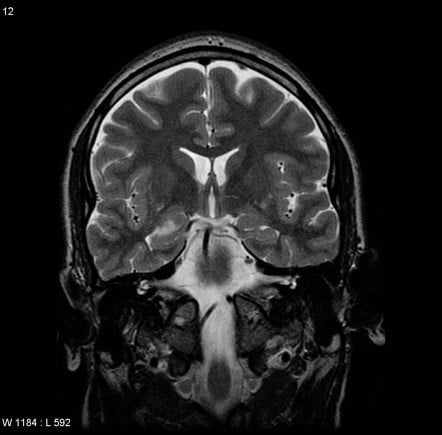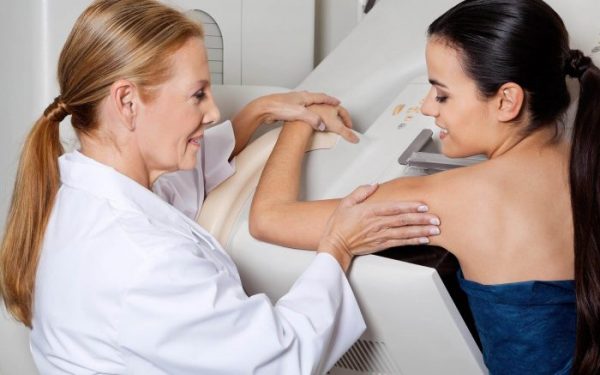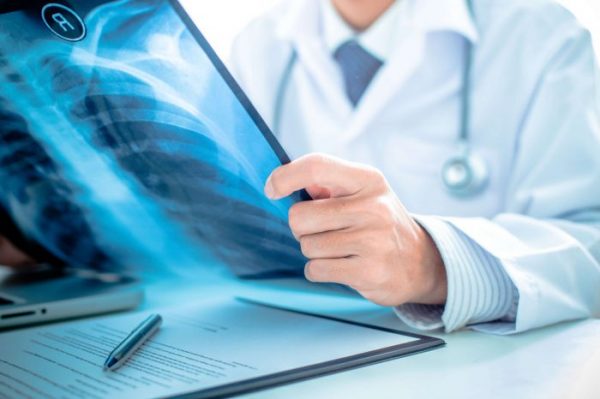ABOUT CT SCAN (COMPUTED TOMOGRAPHY)
A computerized tomography (CT) scan, which may also be referred to as a CAT scan, is scan which uses a series of X-rays to create detailed images of the body. The scan is performed to create images of the inside of the body, including bones, internal organs, and blood vessels.
The scan can help to determine if there are tumors inside of the body and is sometimes combined with a PET (positron emission tomography) scan, and the combined scan is known as a PET-CT scan.
There are a variety of different types of CT scans which can be performed such as abdominal CT or cranial CT scan, and some CT scans may require the use of contrast material to be administered, in order to create more detailed images.
The procedure is pain free and requires the patient to lie as still as possible on a bed, which is connected to the CT scanner, as the machine rotates around the body taking images. These images are then processed a few days later and the doctor will discuss the results at a follow up consultation.
TIME REQUIREMENTS
- Number of days in hospital: 1.
The CT scan is performed as an outpatient procedure and patients can leave after the procedure.
- Average length of stay abroad: 3 – 7 weeks.
Patients will need to attend a follow up consultation once the results are processed.
- Number of trips abroad needed: 1.
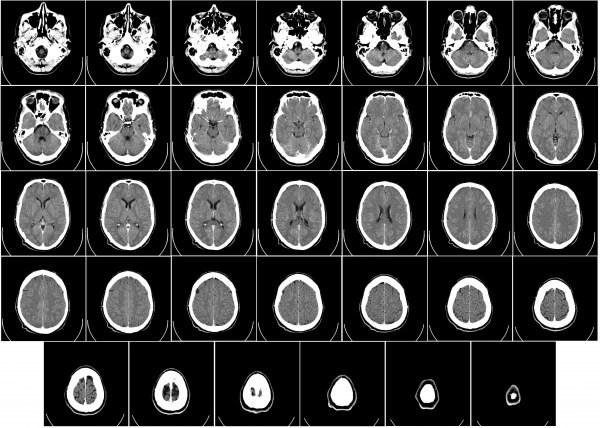
COMPARE CT SCAN (COMPUTED TOMOGRAPHY) PRICES AROUND THE WORLD
HOW TO FIND QUALITY TREATMENT ABROAD
BEFORE CT SCAN (COMPUTED TOMOGRAPHY) ABROAD
Ahead of the procedure, patients may be advised to refrain from eating or drinking in the hours before the scan.
Patients should wear loose fitting clothing and remove jewelry or piercings ahead of the procedure. Depending on which part of the body is being scanned, the patient may be asked to remove their clothing and to wear a hospital gown before the scanning begins.
HOW IS IT PERFORMED
Depending on which part of the body is being scanned, a contrast material may be given to highlight and create clearer images of the body part which is being scanned. How the contrast material is administered, depends on the area which is being scanned.
Patients who are having their esophagus or abdomen examined will be given the contrast material in liquid form which is swallowed. For those having areas such as gallbladder or urinary tract examined, the contrast material is injected into a vein in the arm. Patients who are having intestines examined, will be given the contrast material via an enema.
Not all scans require the contrast material. The patient is then asked to lie on a bed which is attached to the CT machine and to lie as still as possible. At the top of the machine, there is a circle, through which the bed moves. If the patient does not lie still, it can distort the images. The bed will move through the hole in the machine, rotating the circular piece as it takes the images.
The machine may make a lot of noises as it rotates and moves around the body, taking images. Should there be any discomfort, this can be communicated to the radiologist who can be seen in the adjoining room via a window. Once the images are taken, the patient is usually then free to leave.
The images are then processed by a machine and the radiologist and doctor will interpret the images. The patient will usually attend a follow up consultation a few days later, to discuss the scan results.
Materials
Contrast material
Procedure duration
The CT Scan (Computed Tomography) takes 30 to 60 minutes.
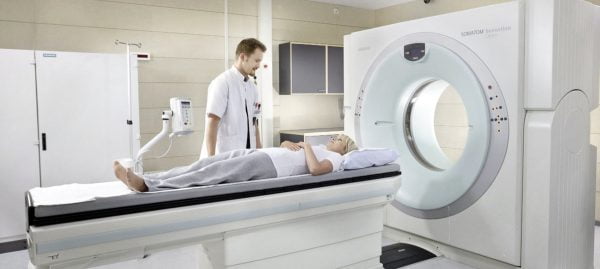
WHAT TO EXPECT AFTER CT SCAN (COMPUTED TOMOGRAPHY)
Post procedure care
Patients who receive the contrast material may need to wait for a while after the procedure if they are feeling unwell. It is advisable to drink plenty of water and fluids to help the body to flush out the contrast material.
Possible discomfort
Patients may feel bloated after receiving the contrast material.
IMPORTANT THINGS TO KNOW ABOUT CT SCAN (COMPUTED TOMOGRAPHY)
Not recommended for
- Pregnant patients
Potential risks
- Exposure to small amounts of radiation
- Allergic reaction to contrast material
FREQUENTLY ASKED QUESTIONS
There are no major risks associated with CT scans. Tell your doctor if you are pregnant or think you might be pregnant. Although there is a low risk that the radiation will harm the fetus, your doctor may recommend a different type of imaging. In some cases, CT scans are performed using a contrasting material. Rarely, patients have a reaction to the contrast, which is similar to an allergic reaction.
The dose of radiation from a CT scan is so low that its effect on your risk of cancer cannot even be measured. Doctors use the minimum amount of radiation to perform the imaging exam.
Conventional CT machines are shaped like a donut standing on its side and the patient moves through the opening on a table. Some patients experience claustrophobia during the exam. You may also hear buzzing, clicking, and whirring noises throughout the imaging. Extremely nervous patients, and sometimes children, may be given a mild sedative to help them remain still and calm as movement can blur the images. Most CT exams take about 30 minutes and are well-tolerated by patients.
You should experience no pain throughout the procedure. In some cases, contrast materials need to be injected into the bloodstream, which may cause some discomfort.
CT scans (or Computed Tomography), MRI (Magnetic Resonance Imaging) scans, and X-rays all use different methods to produce images from inside the body. CT scans take a large number of X-ray images while moving around the body and a computer compiles them into a set of pictures for the doctor. MRI scans use powerful magnetic fields and radio waves to create a 3-D image. X-rays use radiation to produce a single image like a photograph. These different imaging methods are used in different ways.

